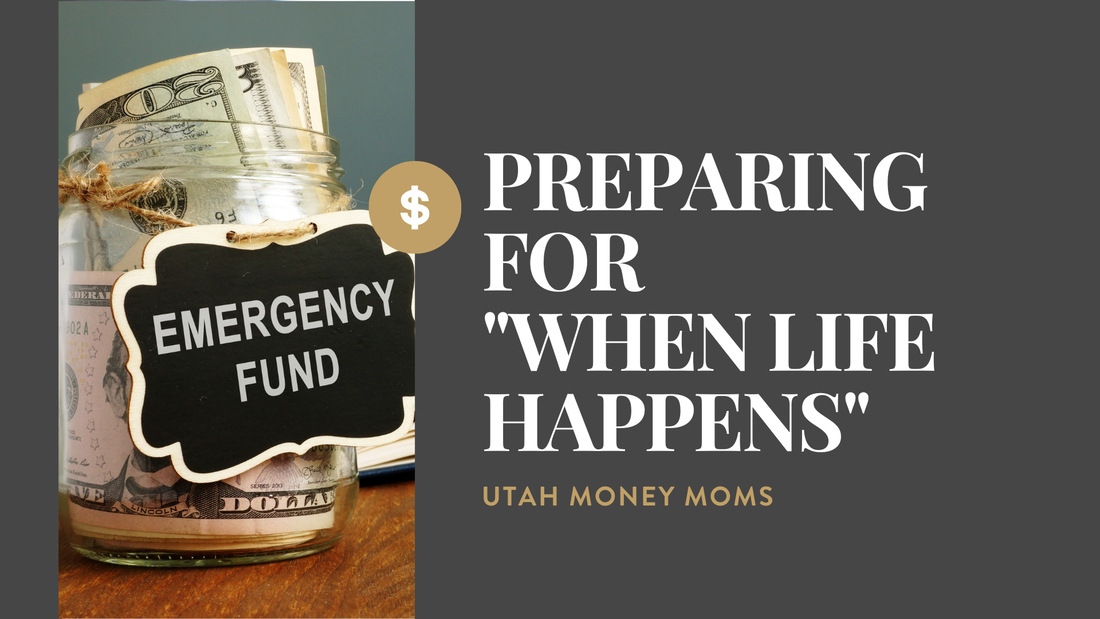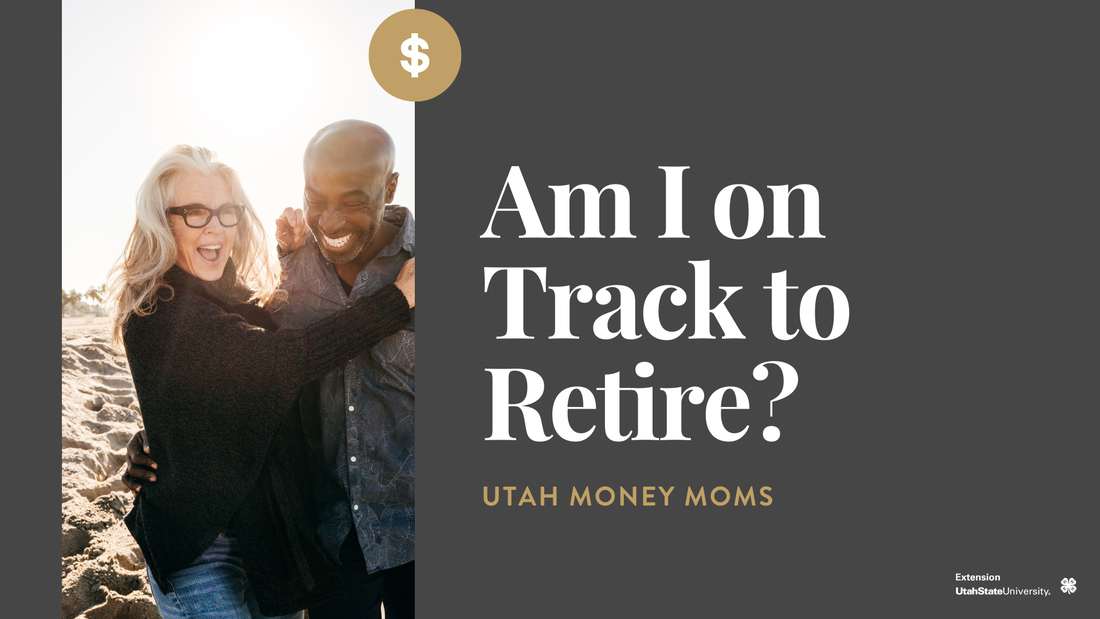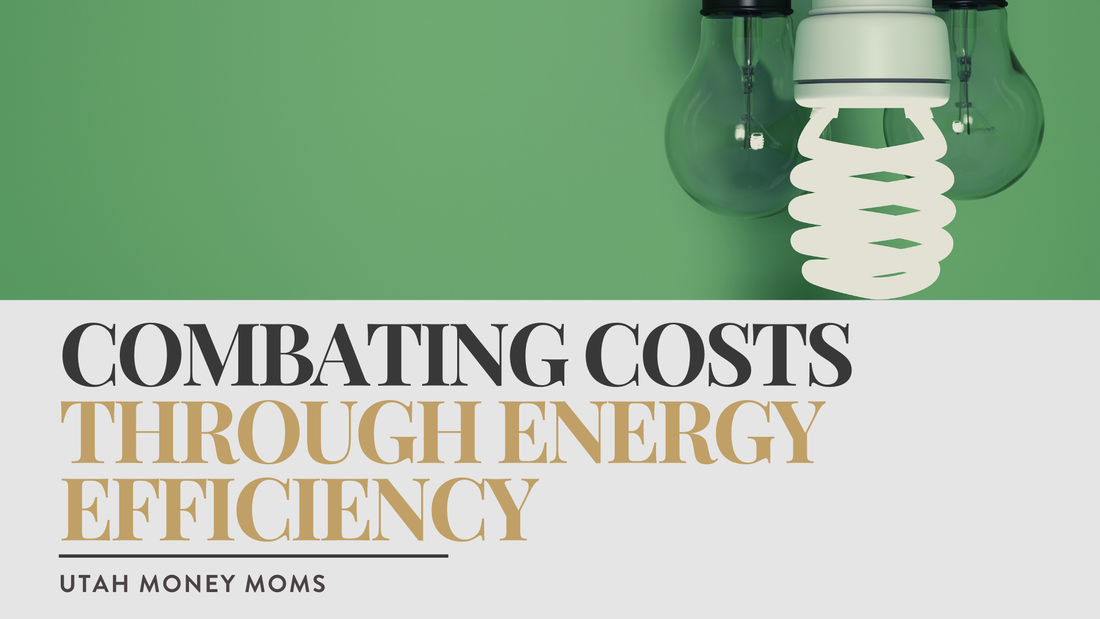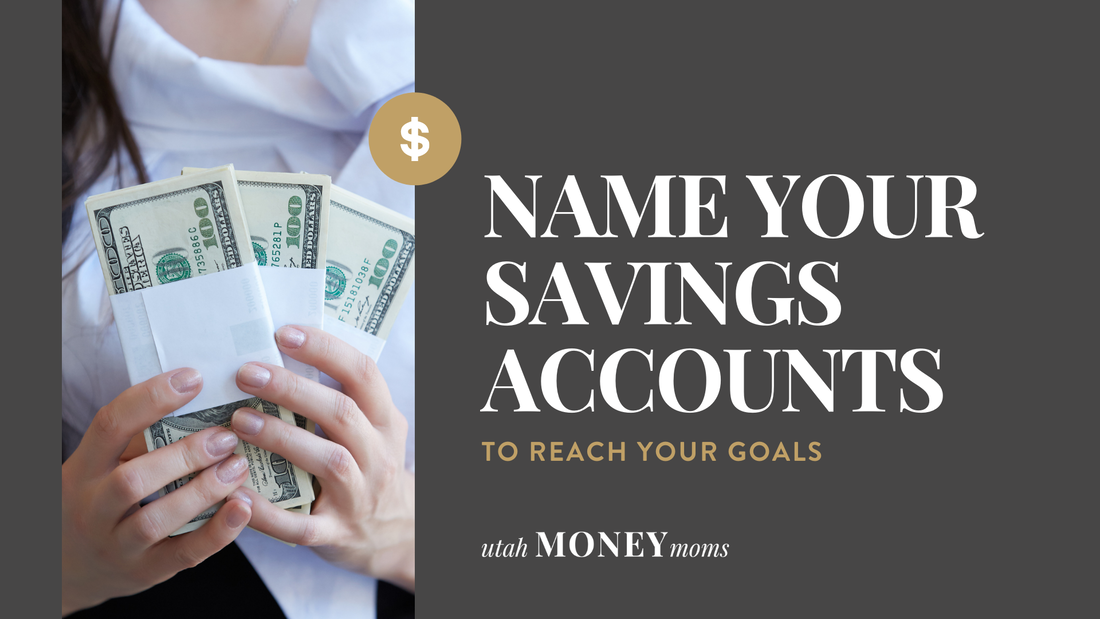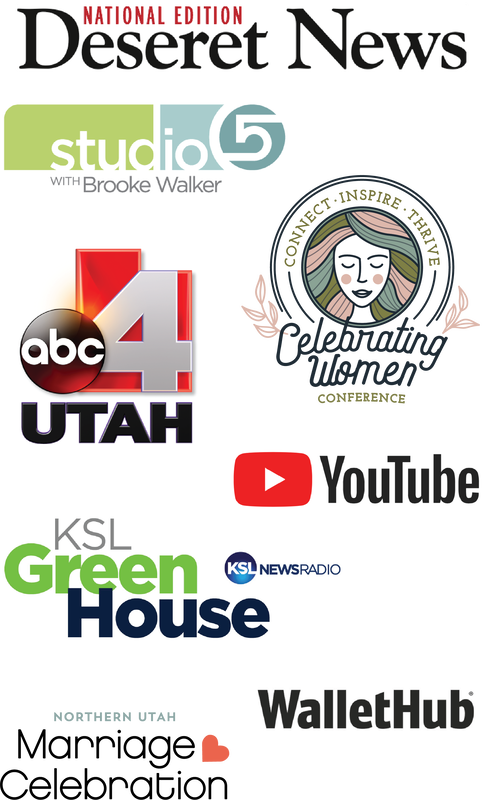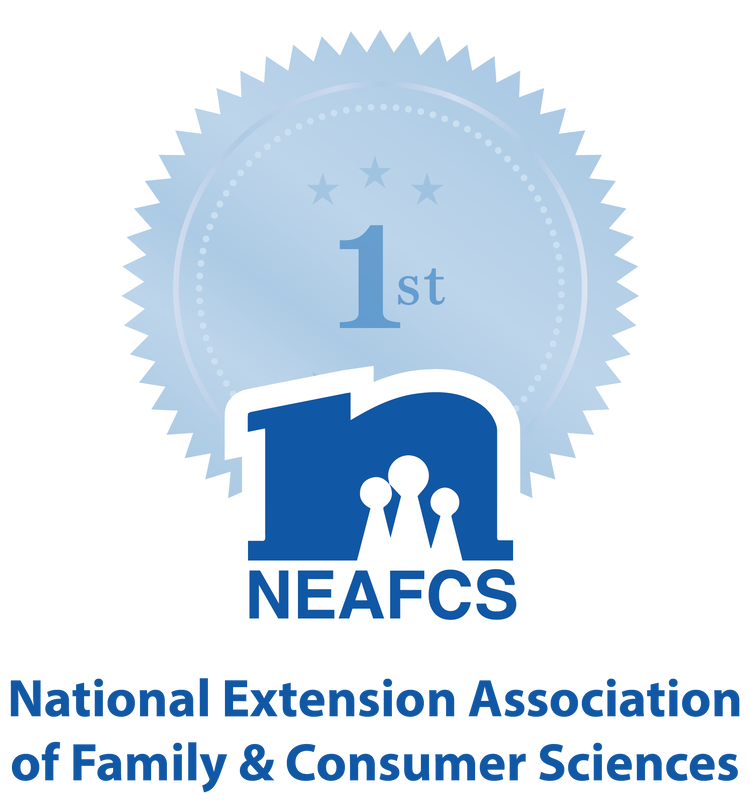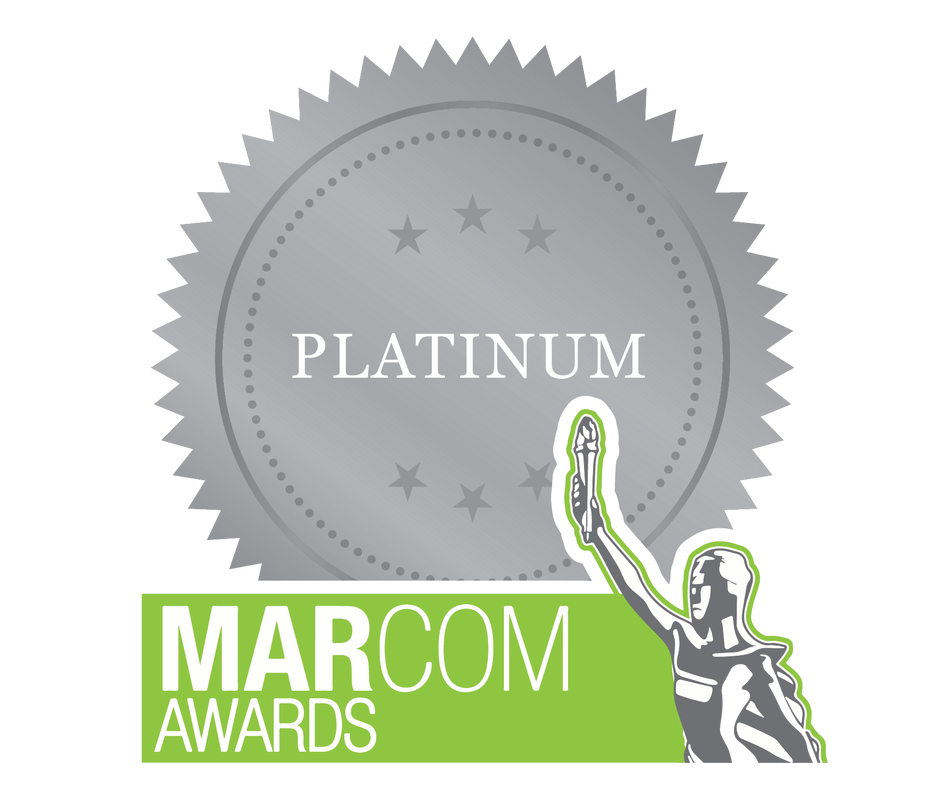|
Alicia Nelson-Bell, HCHC While experiencing times of high inflation and after spending the last couple of years in a pandemic, it is more important now than ever before to make sure that you have money in your emergency fund. Notice I didn’t say if emergencies happen, but when. According to a recent survey, 36% of Americans reported withdrawing from their savings accounts in the first half of this year to help keep up with the rising costs of the goods and services in the midst of high inflation. As you could imagine, during that same time period, the personal savings rate has fallen by almost 3% from what it was in December of 2021 to only 5%. Take this as your personal reminder to keep/begin contributing to your emergency fund, so you don’t find yourself stressed out and taking on new debt when bumps come up in the road of life, no matter how hard it may seem.
0 Comments
Vincenza Vicari-Bentley, AFC, Empowering Financial Wellness Program Coordinator It’s not a big secret that most Americans aren’t saving enough for retirement. According to the National Institute on Retirement Security, more than 75% of Americans have retirement savings that fall short of what are considered “conservative” savings targets. Further, 21% aren’t saving/investing at all!
You may be thinking “how much money do I need to save/invest” and that depends largely on your goals, health, and lifestyle. Financial experts recommend that you save 15% of your income every year starting at age 25 . That would put you in a good position to retire by the age of 67. Here's an example: If a 25-year-old started investing 15% of their average salary in Utah (49K) from age 25 to age 65 (assuming their savings/investments grow 6% over that time) they could potentially have over $1.1 million dollars saved when they retire! The contributions over the 40 years would be $288,000 but the rest of the $1.1 million total is all interest that was earned on the contributions! Can’t afford to set aside a full 15% of income for retirement? Don’t be discouraged. Remember investing any amount for retirement positions you to benefit from compounding interest as soon as possible. Time is your most powerful ally for retirement savings. Enrolling with your employer’s retirement plan is one of the best ways to start saving for retirement. If your employer offers a match, take advantage of that! You can slowly increase your contributions so you can get the full match to maximize your savings, because that’s free money! If your employer does not offer retirement savings options then you can open your own Individual Retirement Account (IRA) with your bank/credit union or other low-cost provider. Even if you feel like you’re behind with your retirement savings, there are always ways to catch up and save a bit more. Stashing something is always better than doing nothing! Alicia Nelson-Bell, HUD-Certified Housing Counselor Empowering Financial Wellness Program Coordinator Unless you’re joining us from New Hampshire or Virginia, car insurance is one of those necessary expenses that is actually illegal to go without. It’s one of those things that many people hate to pay for but are glad to have it when they need to use it. Believe it or not, there are many things causing car insurance rates to be on the rise right now (not just inflation), some that are in your control and some that are out of your control. With these thoughts in mind, more people than before wonder how they can have the required insurance while cutting back on the cost. Lucky for you, we are sharing 5 of our favorite tips to help mitigate the cost of auto insurance premiums.
Alicia Nelson-Bell Empowering Financial Wellness Program Coordinator Can you feel the dollars seeping out and the heat creeping into your home every summer as your air conditioner struggles to keep your home cool and comfortable? With rising costs of the basic necessities, you’re probably looking for ways to cut back on them, and to make it possible to leave money in your pocket so you can make progress towards your goals. A home energy audit is a great way to identify ways your family can make your living space more comfortable for you and your wallet.
Alicia Nelson-Bell, Empowering Financial Wellness Program Coordinator Do you want a simple financial action step that thousands of people have taken that has brought them success? Who doesn’t? We’ve got one for you.
If you’re like many Americans, saving money and reaching your savings goals while managing debt can be hard. Research from the American Psychological Association shows that only about 40% of the American population can cover a $400 expense without going into debt. Even worse, about one third of the population has $0 in savings. What can be done to help individuals be more successful at reaching their savings goals? Open multiple, named savings accounts. Experts say this simple strategy has brought many people greater success in reaching their financial goals. Let’s break down the benefits that multiple savings accounts can have: |
TAKE A FREE CLASS!Host a ClassamandaSharing real-life money smarts to help you stay on track with financial goals while still enjoying life! Follow the fun on InstagramAS SEEN ONawardsBest of State 2022 & 2023: Personal Finance Education
1st Place National Award in Social Media Education from the National Extension Association of Family and Consumer Sciences
Gold Award in Blog Site category at the 7th annual Education Digital Marketing Awards.
Platinum Award in Digital Media, Web Design category at the International Marketing and Communication Awards.
Categories
All
|

